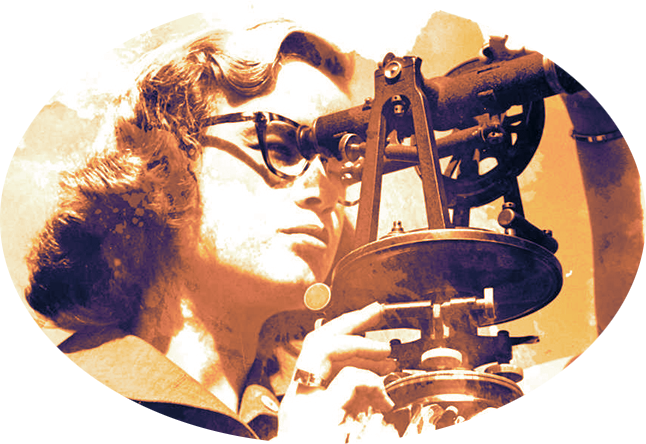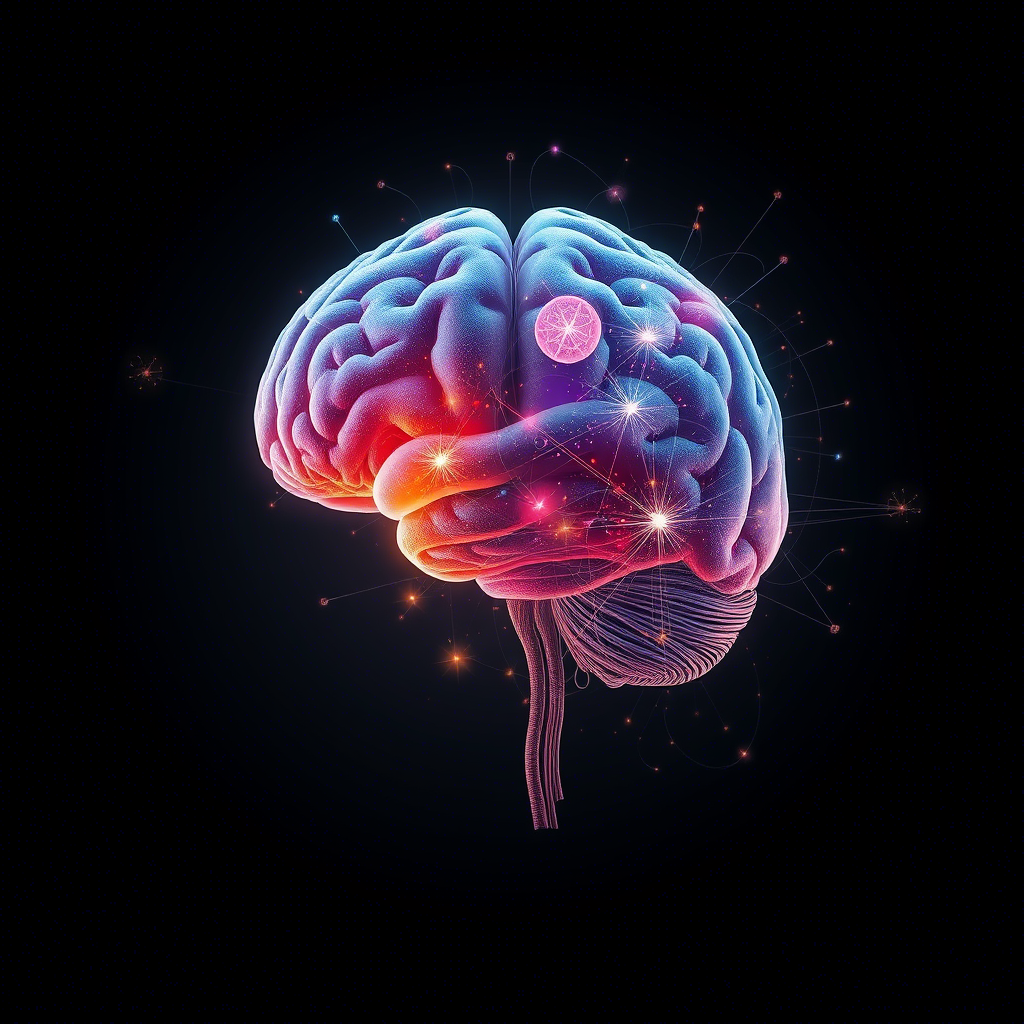Before diving into the concept of "artificial intelligence," it is essential to understand what intelligence itself is. Human intelligence cannot be reduced to a simple intelligence quotient (IQ). It encompasses a multitude of complex dimensions that define how humans perceive, analyze, and interact with the world. According to Howard Gardner's theory of "multiple intelligences," we can distinguish several specific manifestations of intelligence. These forms of intelligence reflect not only cognitive abilities but also artistic, emotional, and social talents.
1.1 The Various Manifestations of Human Intelligence
Linguistic Intelligence
This form of intelligence is demonstrated by the ability to analyze verbal or written information and to create or understand content in various forms, such as books, speeches, or conversations. It relies on an increased sensitivity to spoken and written language, allowing individuals to communicate complex ideas, exchange future concepts, or even project hypothetical scenarios. For example, thanks to this intelligence, a writer can imagine fictional worlds, like those described in the Harry Potter novels, or a leader can craft inspiring speeches to motivate crowds.
Musical Intelligence
Musical intelligence involves the ability to compose, play, and assign meaning to different types of music. It goes beyond mere appreciation of sound; it involves a deep understanding of rhythms, harmonies, and emotions conveyed through music. For instance, a composer like Ludwig van Beethoven used this intelligence to create timeless works despite his progressive deafness.
Logical-Mathematical Intelligence
This intelligence is characterized by the ability to analyze logical problems, solve mathematical equations, and recognize causal relationships. It is often associated with scientists, engineers, and programmers who use logical models to anticipate future outcomes. For example, Albert Einstein utilized this intelligence to formulate his theory of relativity.
Visual-Spatial Intelligence
This skill allows individuals to understand and navigate complex physical spaces. It is crucial for professions such as architecture, industrial design, or even driving. For example, a Formula 1 driver uses this intelligence to anticipate turns and optimize their trajectory.
Bodily-Kinesthetic Intelligence
This intelligence concerns the use of the body to solve problems or create something new. Athletes, dancers, and surgeons are living examples of this intelligence. For example, an Olympic gymnast combines strength, precision, and coordination to execute complex movements.
Interpersonal Intelligence
Interpersonal intelligence is the ability to understand the emotions, desires, and intentions of others. It is critical for roles such as teachers, psychologists, or political leaders. For example, Nelson Mandela used this intelligence to reconcile a divided nation after apartheid.
Intrapersonal Intelligence
This form of intelligence involves deep self-awareness, enabling individuals to understand their own emotions, desires, and motivations. It fosters personal growth and informed decision-making. For example, an entrepreneur might use this intelligence to assess their strengths and weaknesses before launching a new business.
Naturalistic Intelligence
Naturalistic intelligence enables individuals to understand and interpret natural phenomena. It is essential for biologists, geologists, and ecologists. For example, Charles Darwin used this intelligence to formulate his theory of evolution.
Existential/Spiritual Intelligence
This intelligence concerns reflection on the meaning of life and fundamental philosophical questions. It is often explored in religions, arts, and literature.
Creative/Inventive Intelligence
Finally, this intelligence allows individuals to produce new works or invent innovative solutions. It underpins many technological and cultural advances.
1.2 Levels of Intelligence
These various forms of intelligence can be grouped into five main levels:
- Thought and Deduction : The ability to draw logical conclusions from general premises.
- Learning and Induction : The acquisition of new knowledge and anticipation of the future.
- Creativity and Cognition : The generation of new ideas and abstract understanding of the world.
- Consciousness and Perception : Awareness of one’s existence and environment.
- Self-Consciousness and Self-Perception : Reflection on oneself, including self-criticism and understanding of emotions.
2. The Nature and Capabilities of AI
Artificial intelligence (AI) aims to replicate certain human cognitive abilities through computer systems. Unlike humans, AI primarily operates at levels 3 and 4, without self-awareness or a holistic view of the world. Its functioning relies on pattern recognition, achieved particularly through artificial neural networks.
2.1 Artificial Neural Networks
Artificial neural networks partially mimic the functioning of the human brain. They consist of successive layers of nodes ("neurons") that progressively transform raw data into usable results. For example, a neural network can identify objects in images after being trained on thousands of labeled photos. These systems learn autonomously, adjusting their internal weights to improve performance.
2.2 Deep Learning
Deep Learning, a subcategory of Machine Learning, uses deep neural networks (with multiple layers) to process complex data such as images, sounds, or texts. Unlike traditional approaches, Deep Learning systems continuously improve with larger volumes of data. For example, AlphaGo Zero learned to play Go by playing against itself, quickly surpassing human champions.
3. Types of Learning
AI systems use various methods to learn and improve:
- Supervised Learning : The AI receives labeled data and learns to predict corresponding outputs.
- Unsupervised Learning : The AI explores unlabeled data to identify hidden structures.
- Reinforcement Learning : The AI tests solutions iteratively, receiving rewards or penalties based on its actions.
- Self-Supervised Learning : An emerging approach where the AI draws inferences directly from the data.
4. Generative AI
A rapidly growing field is generative AI, which creates original content, such as text, images, or music. Tools like ChatGPT or DALL-E 2 illustrate this creative potential. However, this technology raises ethical questions, particularly regarding the spread of manipulated content (deepfakes).
5. Applications and Advances in AI
AI has already transformed numerous fields, from manufacturing industries to cognitive services. Here are some notable examples:
- Chess : In 1997, Deep Blue defeated Garry Kasparov.
- Jeopardy : In 2011, IBM Watson triumphed in the TV game show Jeopardy.
- Go : In 2016, AlphaGo defeated Lee Sedol.
- Poker : In 2017, Libratus beat four top professional players.
- Crossword Puzzles : In 2021, Dr. Fill outperformed human participants.
6. Challenges and Perspectives
Despite its advancements, AI still faces several major challenges:
- Understanding the World : AIs struggle to integrate a coherent global context.
- Ethics and Responsibility : The creation of synthetic content raises critical questions.
- Artificial General Intelligence (AGI) : The ultimate goal would be to develop an AI capable of rivaling human intelligence in all its dimensions.
In conclusion, AI represents a technological revolution that continues to redefine the boundaries of what is possible. However, it requires constant vigilance to ensure its ethical and responsible development.

